The world of finance is on the cusp of a radical and game-changing digital transformation that is being fueled by the explosive growth of digital currencies and online financial services. But what do several generations think of this shift? There are certain things people of different generations will look for in their digital finance experience, from Baby Boomers to Generation Z, with different perspectives, needs, and expectations. This article on “A digital future, financial services and the generation game” delves into these generational mindsets, the changing face of digital money and what the future of financial services might look like in the ever-more digital world.
Both you and we want to know what’s happening with generations and how it will affect the future of financial services — whether you’re a financial services professional, an investor, or poised to use some type of digital financial service.
What Is Digital Currency?
Digital currency is, at its most basic, money that only exists in electronic form. What makes the currency different from traditional money, such as the coin and paper money we use on a daily basis, is that it is decentralized and no institutions control it.束 While there are some places that accept digital currency as payment, it is an entirely virtual currency, and can be transferred through computers or smartphones with websites or applications that have digital wallet services.
Digital currency has developed at a surprisingly fast pace, considering the economy sector. The birth of Bitcoin in 2009 represented the first instance of blockchain being utilized to transact value. Currencies like Ethereum and stablecoins, which are pegged to assets like the dollar, have since been invented. Moreover, central authorities the world over are investigating, or have already introduced, Central Bank Digital Currencies (CBDCs).

Digital currencies, once a niche idea, are playing an increasingly prominent role in the way we save, spend and invest money. They bring additional access to the unbanked or underbanked, and flexibility in cross-border transactions.
But the way each generation experiences these advances is different. To get to grips with the “generation game,” here’s a look at how digital finance speaks to different generations.
Generations in Digital Finance
Baby Boomers (Born 1946-1964)
Baby Boomers didn’t have digital technology to play with when they were kids, and many of them feel overwhelmed with the transition to digital financial services. Boomers value trust when it comes to using digital finance. Issues around security and identity theft, fraud, and privacy can discourage them from embracing digital tools.
That said, the Baby Boomers are not entirely impervious to change. With the right education and smarter digital tools, this generation is increasingly open to trying out the likes of online banking, investment apps, even peer-to-peer payment systems such as PayPal — and playing the long game. But companies serving this generation must consider designs that are easy-to-use, along with tailored customer service, in order to inspire a sense of trust in their products.
Generation X (Born 1965-1980)
As a generation poised between their analogue past and the digital future, Gen X’s relationship with digital finance is rooted in a strong sense of pragmatism. It is an age group that prizes convenience and efficiency, which is why it has been quicker to embrace financial technology.
Gen Xers’ habits include banking online, checking out on mobile payment apps, and taking on robo-advisors for wealth management. But they are also looking for hybrid options where they have access to digital tools and human advisers. Their appetite for digital finance is even more bolstered by their experience of handling mortgages, investments and diversified portfolios throughout their life.
But Gen Xers do still value clear communication from financial institutions. Breaking down complicated financial instruments and providing advice that meets their life-long financial needs play well with this group.
Millennials (Born 1981-1996)
Millennials have been among the biggest proponents for the adoption of digital money and the digitalization of everything personal finance-related. Being born during times of the internet and mobile revolution, they are natural tech-whizzes, and very willing to accept change.
Millennials flocked to digital finance early, embracing peer-to-peer money exchanges, budgeting apps and investment platforms that jibed with their lifestyle and social values. They also often hold cryptocurrencies and participate in the decentralized finance (DeFi) space.
Also, Millennials give a shit about their financial decisions supporting sustainability and inclusivity. Banking that uses blockchain for transparency and socially responsible investment funds are among the solutions that resonate most with this group.
Generation Z (Born 1997-Present)
Generation Z, also known as “digital natives,” have only known a world where they have smartphones, social media and instant access to information. For them, digital banking services are not an option; they are an expectation.
This generation is attracted to mobile wallets, BNPL (buy-now-pay-later) ideas and instant payment applications as their payment options. They are drawn to apps or platforms that provide a fast and frictionless user experience and gamified interfaces that will make finance fun.
Gen Z investors, with their collective crypto savvy, are interested in NFTs (nonfungible tokens) and the latest financial trends. But the group is also demanding when it comes to things like transparency, corporate ethics and brand authenticity. To win their loyalty, digital finance platforms will have to focus on innovative features and adapt to their changing ideas about pace, design and the social good.
How Cyber Currencies Are Challenging Traditional Financial Markets
Traditional financial markets are being impacted by the massive adoption of digital currencies. Here are some of the changes:
-
Decentralization
Through the blockchain technology, there are no intermediaries, such as banks, which reduces transaction costs and accelerates cross border transactions. Ripple is just one example of how these innovations are already making such real-time settlement of global financial systems more efficient. -
Creating New Asset Classes
Digital currencies, cryptocurrencies and stablecoins represent new asset classes that have garnered the attention of institutional and retail investors. -
Improving Financial Inclusion
Digital currencies make bankingless people, mainly in the third world countries, get access to savings on mobile based wallets, and distributed platforms. -
Central Bank Responses
The emergence of digital currencies is prompting central banks to create CBDs, which would, ideally, combine the best of both worlds: fiat currency and digital technology.
Issues and Prospects in the Digital Finance Ecosystem
The future of digital financial services may be bright, but it isn’t without its troubles. Key obstacles include:
-
Regulatory Concerns
Government and regulators are struggling to balance monitoring digital currencies, protecting investors and preventing seamy behavior without stifling the innovation. -
Cybersecurity Risks
The dependence of digital finance on the internet brings its own set of cybersecurity concerns for users and providers of financial services. -
Resistance to Change
Banks and older generations in traditional banks might resist the rapid pace of digitization out of lack of infrastructure, or being recalcitrant.
Nevertheless, some possibilities are:
-
Personalization
AI-based financial products and services can offer personalized recommendations that align with unique financial needs and aspirations. -
Real-Time Payments
Using blockchain technology, cross-border remittances become quicker and cheaper, which can only be good for both global businesses and migrant communities. -
Economic Growth
Digital economies, powered by decentralized financial systems, can offer new avenues for businesses and investors.

Thinking about the Future of Digital Financial Services (DFS)
The combination of digital financial services and generational attitude will be the defining factor with respect to the future of the economic hemisphere. Every generation possesses a unique set of values, challenges, and advantages in this digital revolution, paving the way for new innovations to address their specific needs.
For financial services firms, the opportunity is in recognizing these generational differences and positioning themselves as the most trusted, transparent, and innovative solutions.
Ready to check out the financial services of tomorrow? Get up to speed on how to ready your brand or personal identity for the digital pivot. Don’t miss our content, navigate to our insight on “a digital future financial services and the generation game report” page.
To better understand how traders manage risk and speculate on price movements, explore our ultimate guide to what the futures market is and its key benefits

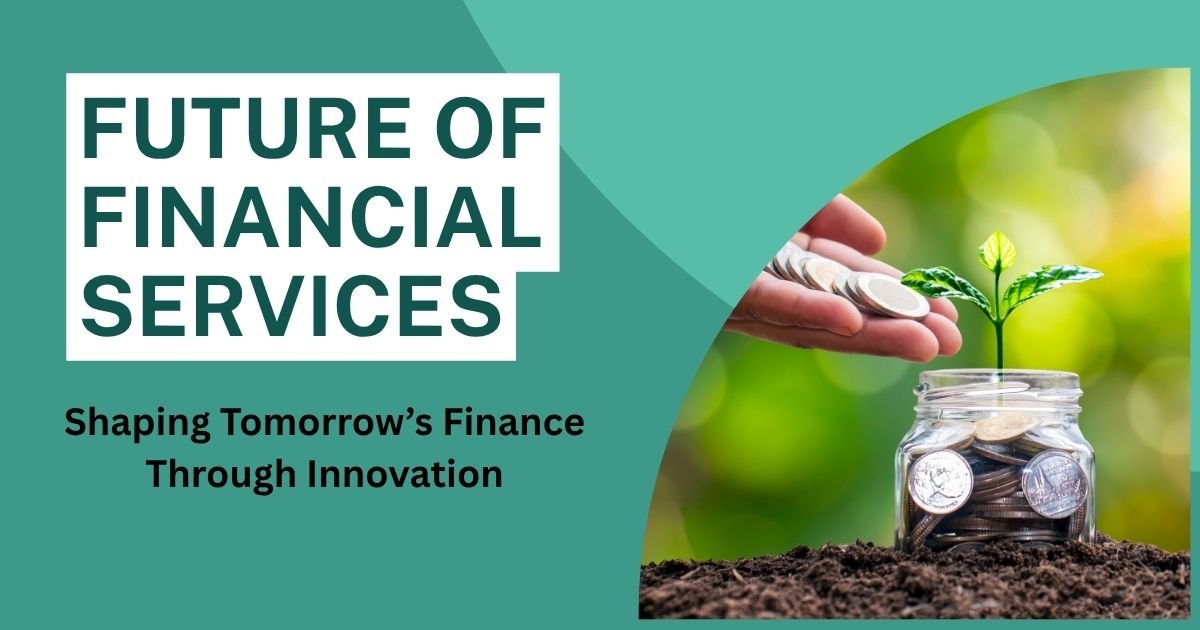
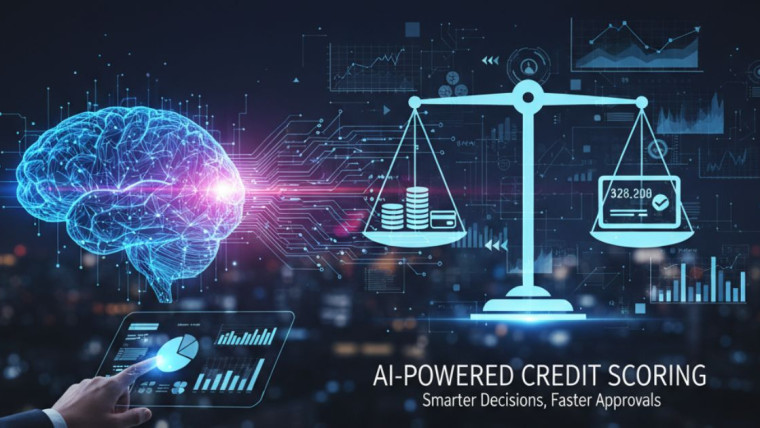
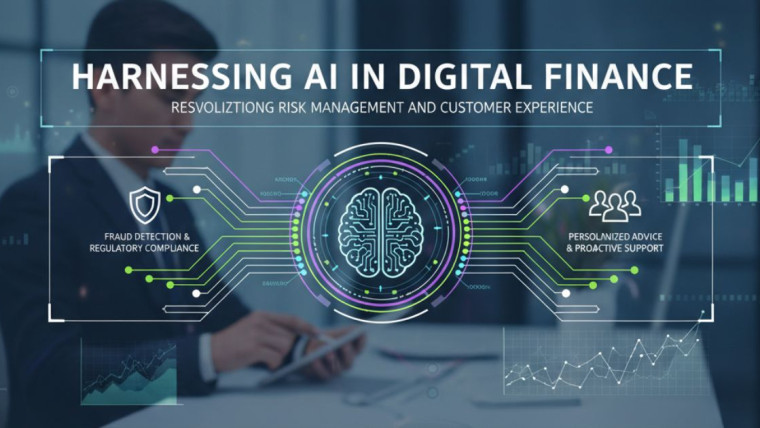
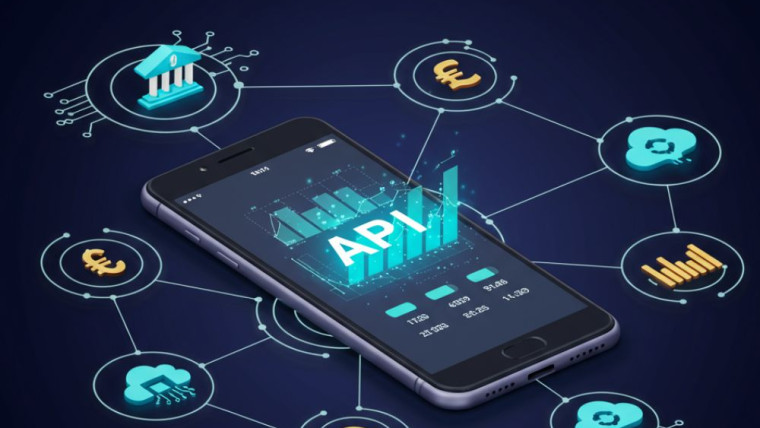
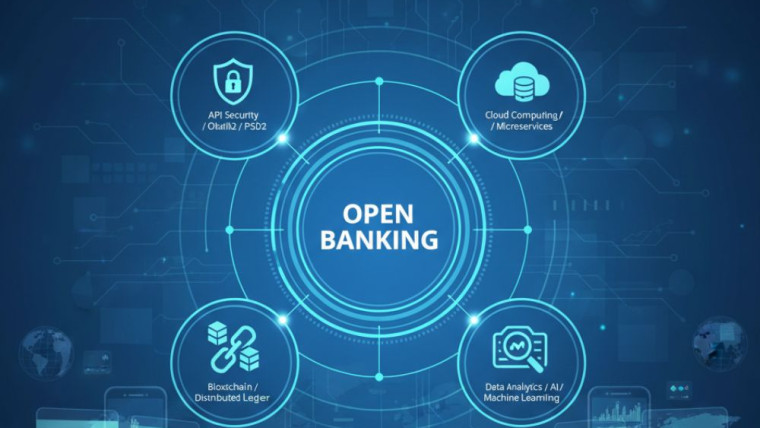


How Fintech APIs Enable Faster Product Launches and Scalable Financial Innovation?
Cybersecurity in Digital Finance: A Guide to Asset Protection
Biometric Authentication: The Future of Banking Security
How Fintech Is Revolutionizing Small Business Financing
Digital Twin Technology in Finance: How Virtual Models Are Transforming Risk Management
The Future of Personal Finance: Autonomous Finance and AI Money Management
AI Credit Scoring: Revolutionizing SME Banking and Digital Loans
AI Fraud Detection: How Banks Prevent Financial Crime in Real Time